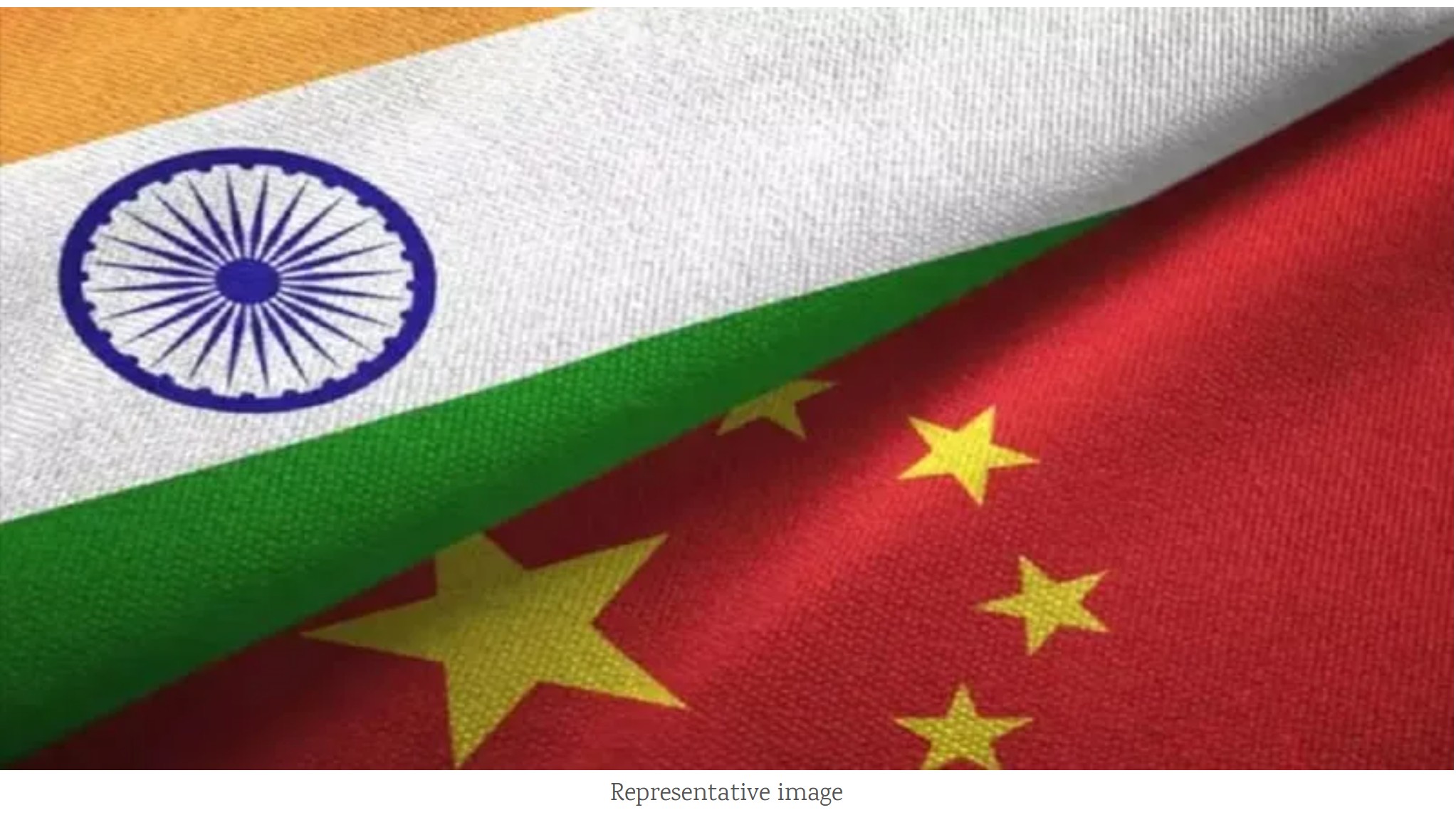China-Led Trilateral Nexus: A Strategic Challenge for India

- 01 Jul 2025
Context:
In a significant development, China recently hosted the first China-Pakistan-Bangladesh trilateral dialogue in Kunming, following a similar China-Pakistan-Afghanistan meeting. These efforts signal Beijing’s strategic push to consolidate its influence in South Asia, creating new geopolitical challenges for India.
Understanding the Emerging Nexus
The trilateral arrangements—China-Pakistan-Bangladesh and China-Pakistan-Afghanistan—are part of China’s broader strategic framework to establish deeper regional roots. China drives the agenda, with Pakistan gaining strategic relevance, while Bangladesh and Afghanistan are drawn in for economic, political, and connectivity incentives.
Motivations Behind the Trilateralism
- China aims to dilute India’s regional influence, expand the Belt and Road Initiative (BRI), and leverage Pakistan to complicate India's neighbourhood strategy.
- Pakistan seeks Chinese economic and strategic backing to offset India, especially after facing diplomatic isolation globally.
- Bangladesh and Afghanistan are attracted by Chinese infrastructure investment, diplomatic weight, and development assurances in a multipolar Asia.
Historical Context
- 1962 Indo-China War: Set the foundation for Sino-Pakistan convergence as a counterweight to India.
- 1965 Siliguri Strategy: Pakistan attempted to encircle India with support from China, Nepal, and East Pakistan, a strategy echoing today.
- China’s Shielding at UNSC: Regular blocking of India’s attempts to designate Pakistan-based terrorists, such as Lashkar-e-Taiba operatives, at the United Nations.
- Operation Sindoor, 2025: Pakistan deployed Chinese drones and radars; Beijing criticized India’s counterstrike, reaffirming its alliance.
Implications for India
- Security Threats: China-Pakistan cooperation now gains a regional sheen, legitimizing their cross-border strategies, e.g., the Pahalgam attack (2025).
- Diplomatic Setbacks: China’s increasing footprint in Dhaka and Kabul limits India’s traditional influence.
- Strategic Encroachment: Enhanced trilateralism boosts BRI's presence in South Asia, undercutting India-led alternatives like BBIN or the Chabahar corridor.
Impact on South Asian Stability
- Regional Polarization: Smaller nations are forced to balance between India and China, causing strategic fragmentation.
- Risk of Proxy Conflicts: Chinese cover may embolden Pakistan’s use of cross-border terrorism.
- Dilution of Regional Forums: SAARC and other platforms may become ineffective under Chinese influence.
Way Forward for India
- Assert Strategic Redlines: India must clearly articulate consequences for neighbours compromising its sovereignty.
- Deepen Regional Cooperation: Utilize BIMSTEC, IORA, and the Indo-Pacific frameworks to counterbalance Chinese presence.
- Economic Diplomacy: Increase targeted investments, credit lines, and market access to offer credible alternatives to BRI.
- Defence Engagement: Expand military and strategic ties with Bangladesh, Maldives, and Afghanistan.
- Narrative Building: Promote India as a cooperative, non-hegemonic regional partner to counter Chinese narratives.
Conclusion
The China-led trilateral dialogues mark a recalibration in South Asia’s geopolitical landscape aimed at constraining India’s rise. India’s response must be multifaceted—merging strategic assertiveness with regional diplomacy and economic outreach. A confident and inclusive India can safeguard its interests and lead a stable, multipolar South Asian order.
